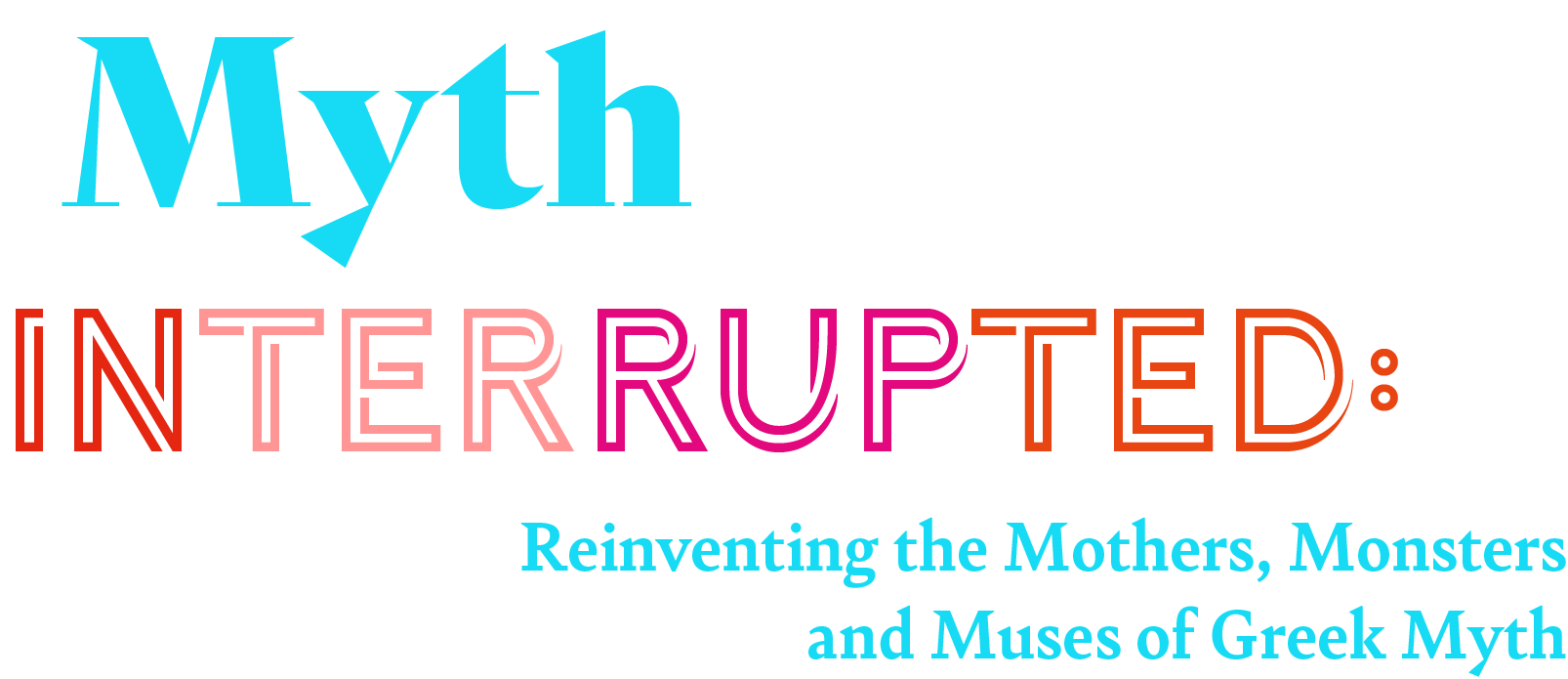Oedipus, The King of Thebes (you may recognise him for his dubious legacy, the ‘Oedipus
complex’) is known for fulfilling the tragic prophecy of killing his own father Lauis, and
marrying his own mother, Jocasta.
This tragic myth, Oedipus the King, begins when a deathly plague overtakes Thebes and
Oedipus sends his brother-in-law, Creon, to seek help from the oracle at Delphi. Creon returns
with a prophecy from the oracle: The plague will end once the murderer of Laius, the previous
King of Thebes, is caught. This murderer, Creon tells us, lives within the city walls. Oedipus
brings it upon himself to solve the oracle’s riddle, only to find out that he himself is both
Laius’s murderer and son. If this wasn’t enough, this realisation is followed by the unavoidable
truth that his wife and co-parent, Jocasta, is also therefore his mother.
Oedipus the King, named after the doomed main character, heavily focuses on the tragedy
inflicted on Oedipus - but what about Jocasta? In fact, Jocasta (who doesn’t feature in the play
until its halfway point,) figures out that she has fulfilled the prophecy way before Oedipus
himself has come to the same conclusion. Jocasta, the mother who has lost her son, only to find
him years later as her husband, and who has lived with the dreaded prophecy much longer
than Oedipus has, is so distraught that she takes her own life.
It takes two to tango - fulfilling this prophecy was the work of both husband and wife
(or mother and son) so why are we so fixated on Oedipus alone? Why are we implored to
empathise with the King of Thebes, but encouraged to brush over Jocasta’s pain and death as
merely collateral damage in the devastating demise of our hero? Evidencing this, Oedipus’
horrific self mutilation, the gouging out of his own eyes, is performed front and centre stage,
whereas Jocasta’s suicide occurs behind the curtain.
Not only is Jocasta invisible in the play, depictions of her are hard to find from the ancient
Greek world to the present. Natalie Haynes notes, “she has committed the ultimate sin against
art: she is an older woman. And while painters never tire of showing us women and girls in
their twenties or teens, they tend to be far less keen to show us a woman in her forties or fifties.”
(2020:54)
Despite being invisible, how can contemporary depictions of Jocasta showcase her as a
complex, powerful and clever woman, informed by the multitude of her years? How can an
older woman like Jocasta be perceived and portrayed in the modern world?
What we want to know is:
Who is Jocasta today?
Continue exploring...
How to Apply
Please submit your proposals to contact.kleio.collective@gmail.com by 11:59PM SUN 22 AUGUST 2021 Sucessfull submission will be presented in an online exhibition on our website, here on www.kleiocollective.co.uk , launching in September 2021.
For more on how to apply, click the button below. ☟
The Open Call Guide is also available as a PDF. ☟
